Locations Used in The Danger of Life
The settings used in 'The Danger of Life' are real places, though several have changed their names and/or their roles over the last eight decades. Many of them are pictured below with, in most cases, links to further information.
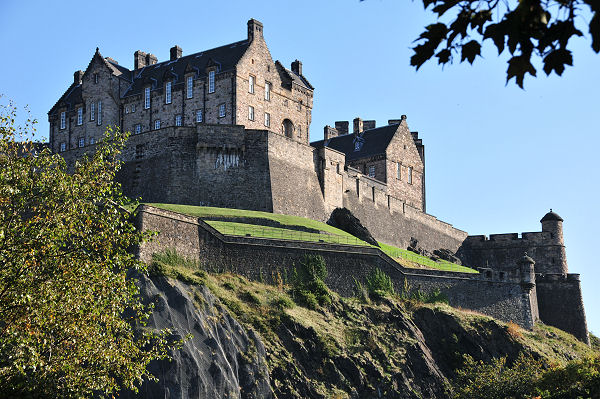
Edinburgh Castle is where Bob has lunch with Lieutenant General Sir Charles Gordon and Brigadier General Sir Richard Blackett. It occupies the summit of an ancient plug of volcanic rock towering above the city it dominates. You can find out more about Edinburgh Castle here.
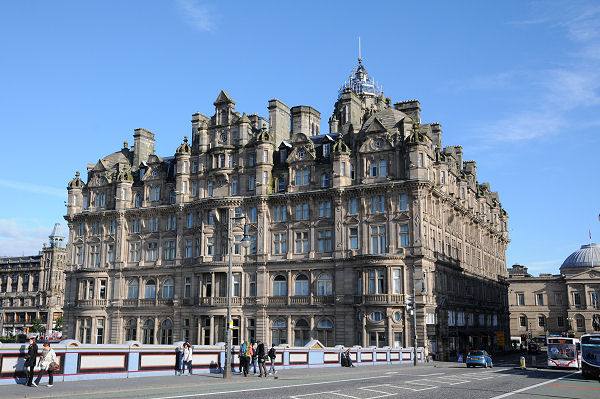
The North British Hotel in Edinburgh is where Bob spends a night with Monique Dubois. The North British Hotel became the Balmoral Hotel some decades ago. Its clock continues to be set three minutes fast. You can find out more about Edinburgh here.
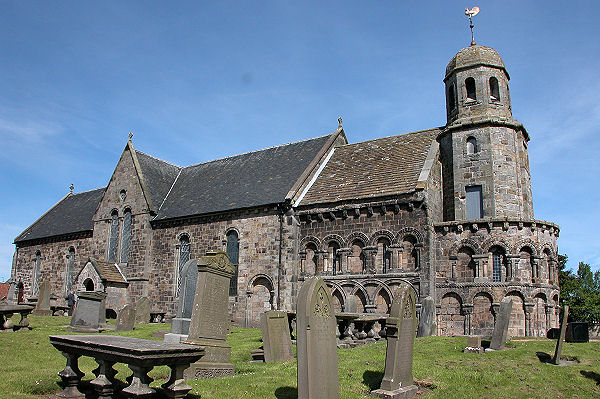
Leuchars Parish Church has a stunningly decorated chancel and apse that have been described by one commentator as "the second finest piece of Norman work in the whole of Great Britain". You can find out more about Leuchars Parish Church here.
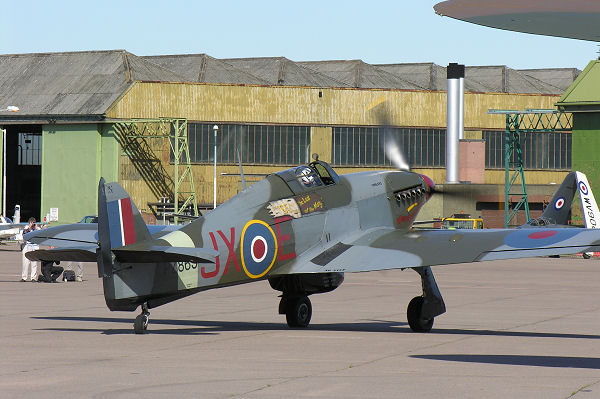
This picture shows a Hawker Hurricane fighter aircraft at RAF Leuchars during one of the RAF Leuchars Airshows. Sadly RAF Leuchars closed in 2015, becoming an army base, after nearly a century of service. You can find out more about the RAF Leuchars Airshows here.
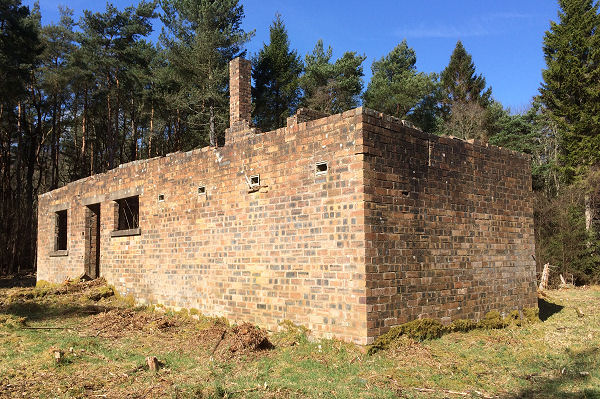
Bob visits the Polish Army camp in Tents Muir, now known as Tenstmuir Forest, just north of Leuchars, where the soldier who tried to steal the aircraft was based. Slight traces of the camp can still be found in the forest. You can find out more about Leuchars here.
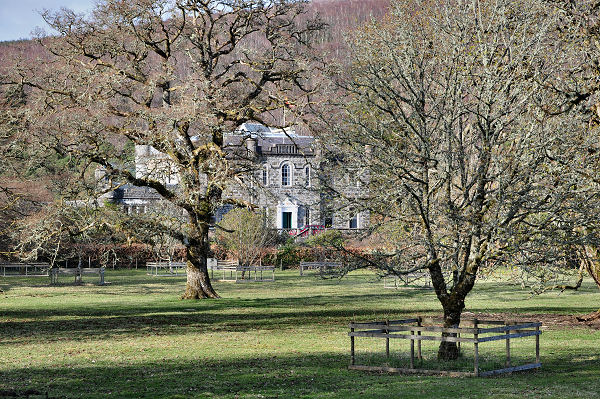
The Commando Basic Training Centre was located at Achnacarry Castle north west of Spean Bridge. After the war it returned to its role as the ancestral home of Clan Cameron despite an accidental fire in 1943. You can find out more about the Clan Cameron Museum here.
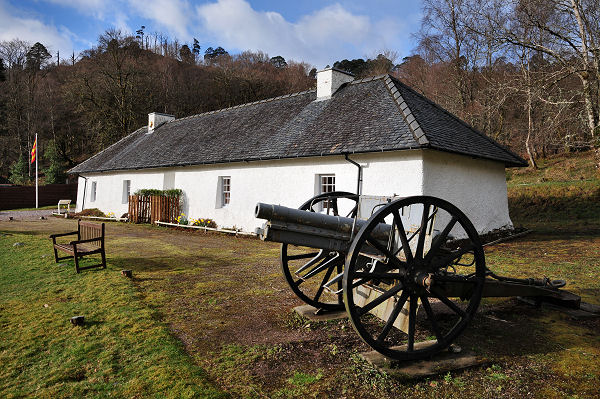
The Clan Cameron Museum, close to Achnacarry Castle, is a place of pilgrimage for members of Clan Cameron from around the world and includes an exhibition about the commandos at Achnacarry Castle. You can find out more about the Clan Cameron Museum here.
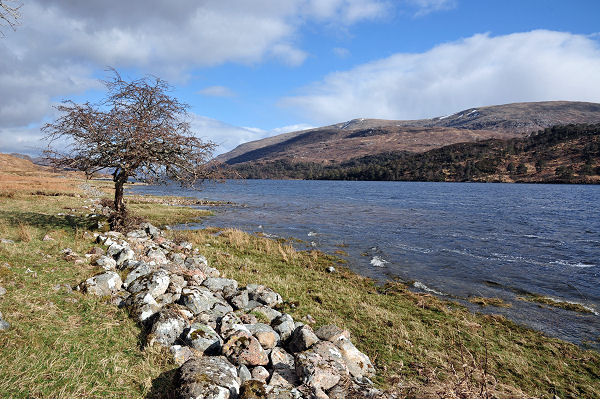
Loch Arkaig is one of the many east-west lochs the glaciers scoured across the Western Highlands. Near its eastern end is the hamlet of Achnacarry, at its western end is the even smaller settlement of Strathan. You can find out more about Loch Arkaig here.
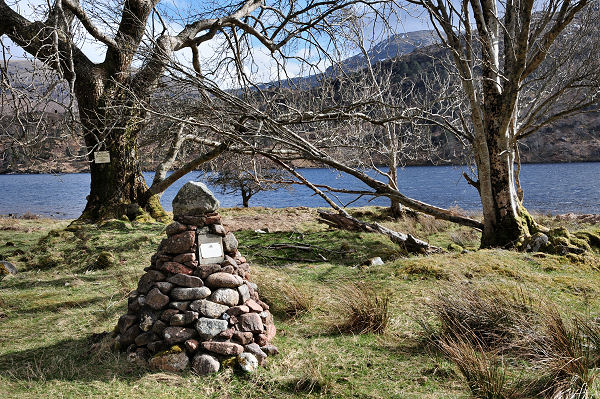
The ancient graveyard at Murlaggan is surrounded by an oval stone wall. It can be found on the north shore of Loch Arkaig. This lonely location features in 'The Danger of Life' and is visited by Bob. You can find out more about Loch Arkaig here.
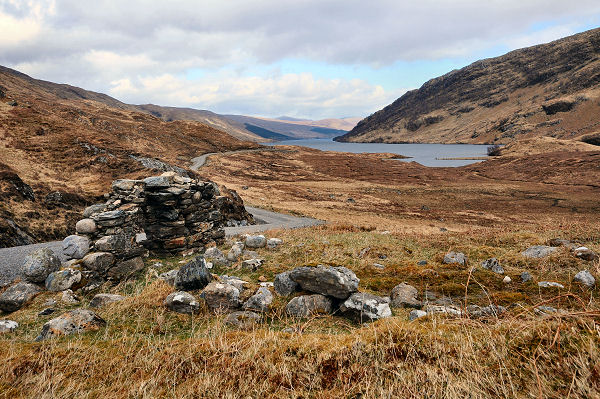
Beyond the western end of Loch Arkaig are the remains of Tigh nan Saighdearan, 'The Soldiers' House', which was one of a number of small barracks built immediately following the Jacobite uprising of 1745-46. You can find out more about Tigh nan Saighdearan here.
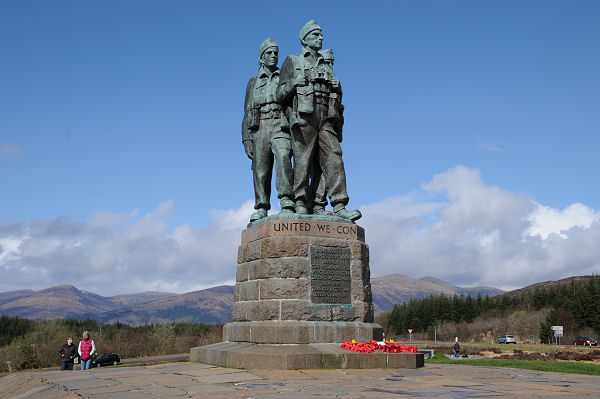
The Commando Memorial stands some 17ft or 5.2m high, and can be found near Spean Bridge. It was unveiled by the Queen Mother in 1952 to commemorate the commandos who trained at Achnacarry Castle. You can find out more about the Commando Memorial here.
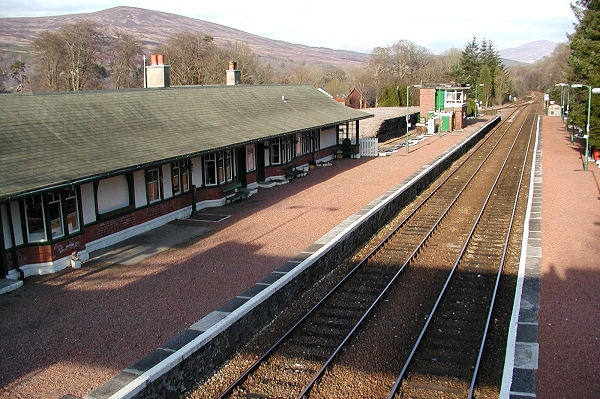
The commandos who came to be trained at Achnacarry Castle arrived at Spean Bridge Railway station, and then marched the seven miles to the castle. Bob visits the railway station in the book. You can find out more about Spean Bridge here.
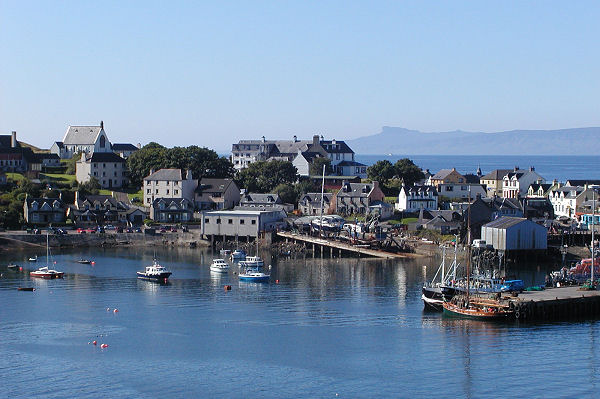
Mallaig lies at the end of the evocatively named "Road to the Isles." It is also the terminus for the West Highland Railway and the focus for a network of ferry services to Skye, to the Small Isles, and to the Knoydart peninsula. You can find out more about Mallaig here.
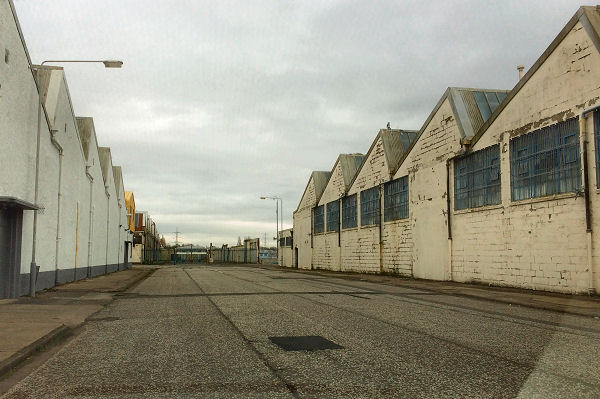
The Rolls-Royce factory at Hillington was established just before the war as a ‘shadow factory’ to produce Merlin engines. Parts of it remain standing and its scale is astounding: though much of it has been cleared or modified since the war.